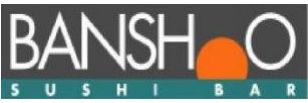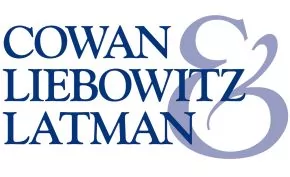
A non-English language mark may preclude U.S. registration of an English mark having the same meaning, as we previously wrote. But this "doctrine of foreign equivalents" is a guideline, not an absolute rule. It may not apply to a combination mark having an English component in addition to its non-English component.
The key issue is whether the average purchaser would stop and translate the non-English word.
An applicant sought to register SUNSET SUSHI & DESIGN for bar and Japanese restaurant services (disclaiming the exclusive right to use "sushi" apart from this mark).

The Examining Attorney refused registration based on the prior registration of BANSHOO SUSHI BAR & DESIGN for restaurant and bar services. The registrant stated that the English translation of "BANSHOO" is "sunset."

The applicant appealed to the Trademark Trial and Appeal Board (TTAB), which reversed the refusal of registration.
The respective services were in part identical. The applicant argued that the trade channels were different because the registrant's restaurant was in a hotel with transient customers and traditional dining whereas applicant's restaurant was an intimate, small setting, chef-selected dining experience. However, since neither party's identifications had trade channel restrictions, the TTAB presumed the trade channels to be the same.
Nevertheless, the TTAB held that these similarities were outweighed by differences in the marks themselves. Although the registrant's mark contained the Japanese word BANSHOO, which means the same as the applicant's word SUNSET, the TTAB took judicial notice that "sushi" is an English word. It stated that a mark combining words in different languages had frequently been found not to be governed by the doctrine of foreign equivalents, such as TAVERNA COSTERA, GLACÉ LITE, and LE CASE. The TTAB concluded that consumers would not stop and translate BANSHOO as "sunset."
Accordingly, the TTAB held that the doctrine of foreign equivalents did not apply in this case, that the dominant literal portions of the respective marks were dissimilar in appearance, connotation, and commercial impression and that the respective different design elements added to this difference.
In re DBMG, LLC, Application No. 90185762 (T.T.A.B. August 3, 2023)
The content of this article is intended to provide a general guide to the subject matter. Specialist advice should be sought about your specific circumstances.

